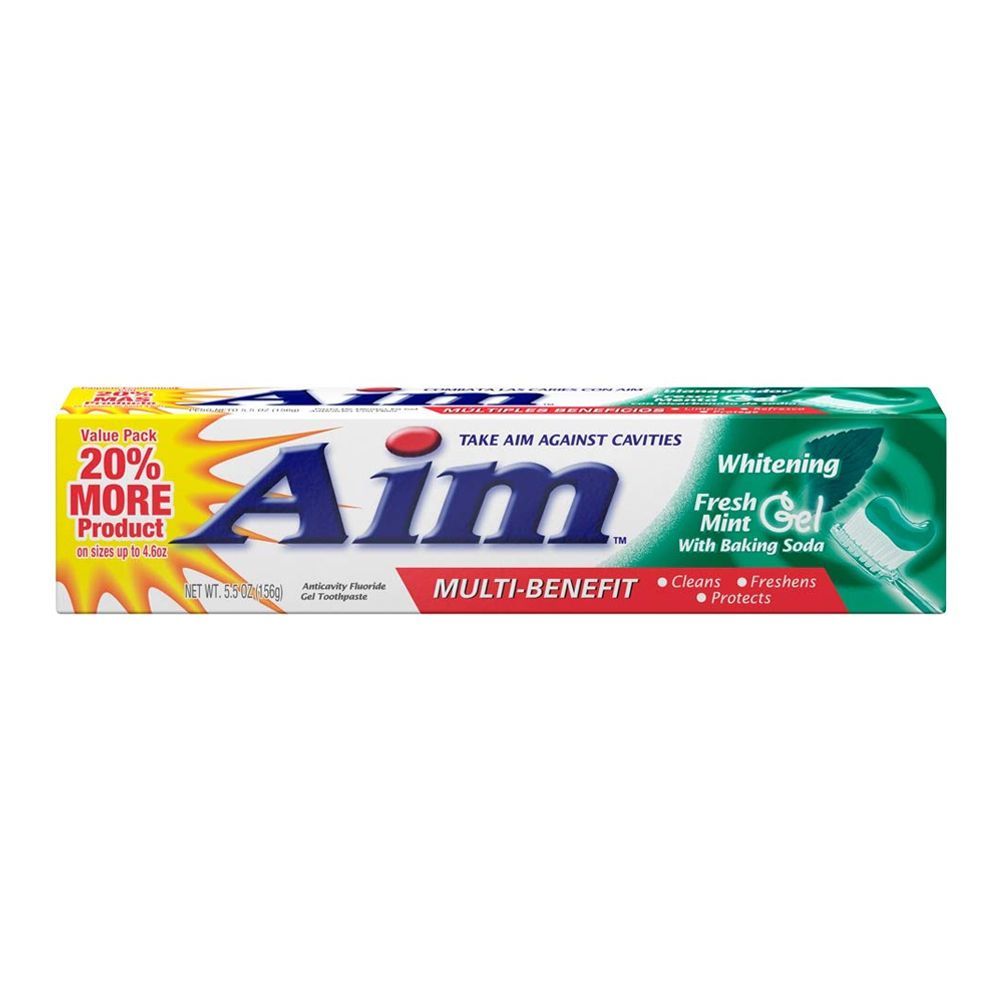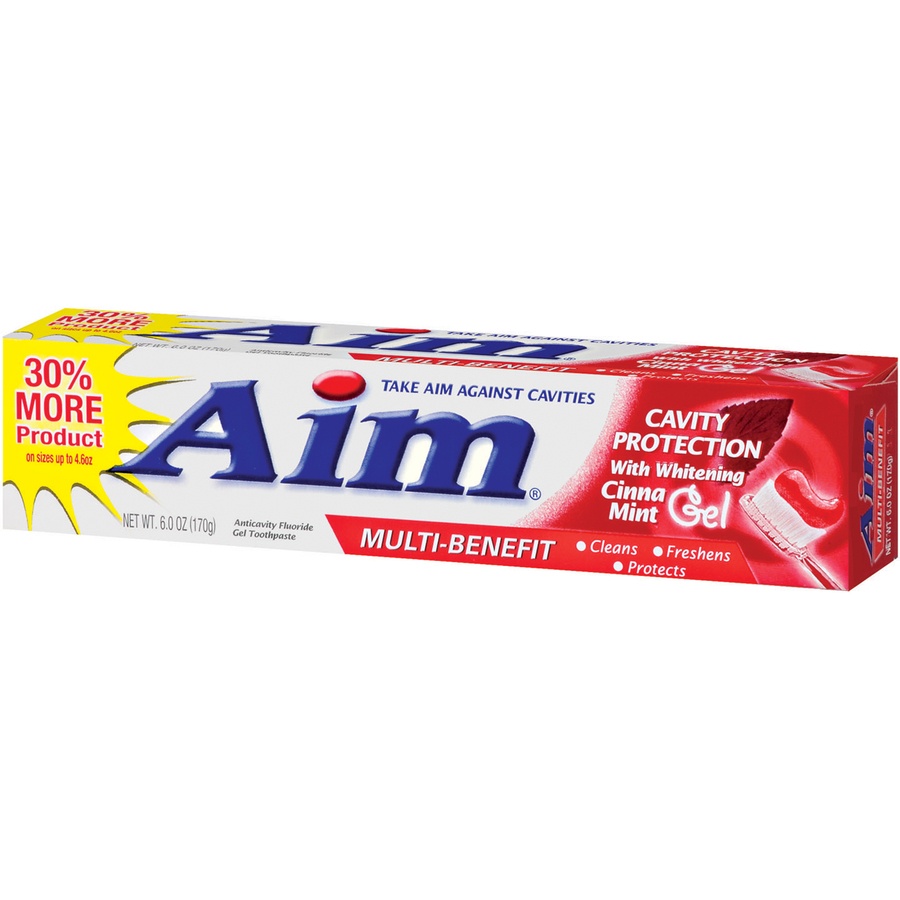
Any toothpaste that has fluoride should do the trick. Good flossing technique generally involves gently rubbing the floss strand in a C-shape against both sides of each tooth and at the gumline.Ī. When done correctly, flossing removes bacteria in parts of your mouth that brushing can’t get to. But brushing can’t reach every bit of a tooth’s surface. When you brush, you scrape away bacteria and clear away the food and drink residue they thrive on. If this develops undisturbed, it can cause tooth decay.

The reason you need to brush your teeth twice a day is that very quickly after you finish brushing, bacteria begin to collect on them, UCLA’s Hewlett says. Though the evidence might not be especially rigorous, regular flossing is supported by basic biology, experts say. And in 2019, even the Cochrane panel characterized the evidence showing that flossing helps reduce gum disease as “low certainty,” with inconsistent results.īut don’t toss out your dental floss yet.

You may have rejoiced over headlines a few years back that claimed there’s not much evidence supporting flossing. Oral-B and Philips Sonicare offer 60- and 90-day money back guarantees, for example.Ī. If you’re not sure which type of electric brush you’ll like, check to make sure that you can return it if you decide it’s not right for you. Though our top-rated toothbrush is a rotating model, four of our six recommended electric toothbrushes are the sonic type. A 2021 analysis in the Journal of the American Dental Association designed to assess real-world effectiveness concluded there wasn’t enough evidence to pick a winner.ĬR’s testing concurs: We found models of both types that performed well. And even if rotating brushes do work slightly better in scientific studies, the differences might not be noticeable to consumers. But again, much of this research could be biased by manufacturer funding. Some research suggests that rotating toothbrushes may have a slight edge over sonic types.
AIM TOOTHPASTE WEBSITE MANUAL
Sonic brushes have a more typical elongated head shape resembling a manual brush, with bristles that move side to side so quickly they produce an audible hum. Rotating toothbrushes have a round head that rotates or oscillates. Both kinds can do a great job of cleaning your teeth. A pressure sensor can warn you if you’re pressing too hard with your brush, which can damage gums and enamel.Īnd what about brushes with multiple cleaning modes? Hewlett says they probably don’t make much of a difference in your oral health.Ī. Sheridan also recommends looking for brushes that pause when it’s time to move from one section of your mouth to the next. The American Dental Association says that most people brush their teeth for less than a minute, so a built-in timer can help. A dental hygienist measures plaque levels in the mouth before and after brushing to rate how well the brush cleans.Īlong with strong cleaning ability, you should seek out brushes with features such as a 2-minute timer and a pressure sensor. In our tests, we ask volunteers to skip any dental hygiene for 8 hours and then use one of the electric toothbrushes for 2 minutes. Still, electric brushes might be better for some people, Sheridan says, because they can be easier to use for those who lack manual dexterity or have braces or permanent retainers, or those who care for someone who needs help brushing their teeth.Ĭleaning ability is key, and it’s the most significant factor in CR’s electric toothbrush scores.

Both types of brushes can be “completely effective in plaque removal” and in helping to prevent gum disease, says Olivia Sheridan, DMD, a professor of clinical restorative dentistry at the University of Pennsylvania. Ultimately, your technique may matter more than whether you use a manual or electric brush. In fact, even the 2019 study that favored electric brushes didn’t find a difference in the number of cavities between electric and manual toothbrush users. It’s unclear, for example, what impact an 11 percent reduction in gum inflammation after three months would have on your lifelong oral health or overall risk of gum disease. But that doesn’t mean everyone should switch to an electric toothbrush, experts say. Two more recent studies, by scientists who had funding from companies that make toothbrushes, found similar results, including a 2019 study in the journal Clinical Periodontology that followed more than 2,800 people for 11 years. A 2014 analysis of previously published studies by Cochrane, an independent panel of experts, found that over several months, powered brushes removed 21 percent more plaque and reduced gum inflammation by 11 percent more than manual brushes.

But the real-life significance of that research-which is often funded by companies that make electric toothbrushes-might not mean much for your overall oral health. Most evidence suggests that they are, at least a little.


 0 kommentar(er)
0 kommentar(er)
